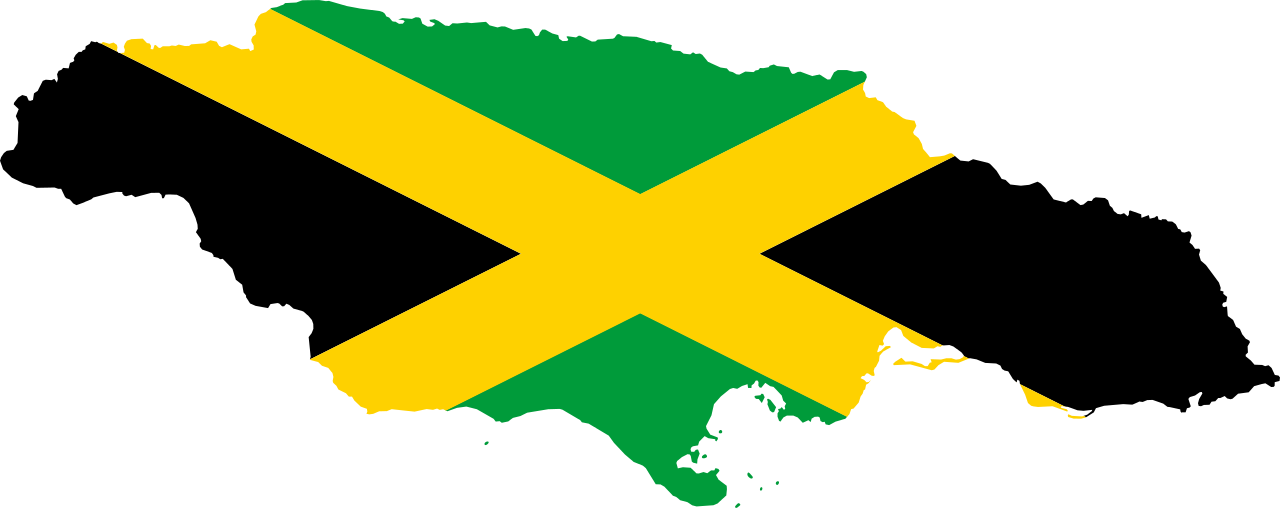Jamaica’s mission to secure catastrophe bond coverage as part of its disaster risk financing plan continues, with progress being made in terms of risk modelling while the World Bank has funded the country to help in paying cat bond premiums to investors.
 The World Bank has provided Jamaica with a $14.85 million grant out of its recently established Global Risk Financing Facility (GRiF), to help the Caribbean country expand its disaster risk financing and transfer needs.
The World Bank has provided Jamaica with a $14.85 million grant out of its recently established Global Risk Financing Facility (GRiF), to help the Caribbean country expand its disaster risk financing and transfer needs.
Part of the remit of the GRiF is to assist countries with insurance and reinsurance market premium payments, effectively to help governments secure risk transfer in the first instance without having to add a new line-item to their budgets for it.
Budgetary issues are an often cited reason that sovereign disaster insurance and reinsurance initiatives fail to get off the ground, as it can be hard to set aside the needed capital to pay insurance and reinsurance related premiums, of indeed catastrophe bond coupons, as the budgeting process can take time and other priorities can see disaster risk finance fail to get prioritised.
The World Bank’s GRiF takes the step of providing funding in the first years to help countries get their disaster risk transfer premiums into their budgets for future renewals.
The work to launch a catastrophe bond for Jamaica has been underway for some time now, with the latest update we had being on the support provided by the World Bank in risk modelling for the perils to be covered.
Jamaica is putting in place a disaster risk financing structure to support the country through major catastrophes, including a budgetary natural disaster fund that it is capitalising.
But the catastrophe bond for Jamaica is designed to cover it against the most severe events, to provide an injection of liquidity and capital after catastrophes occur.
Nigel Clarke, Jamaican Minister of Finance, explained, “Approximately 18 months ago we set out our policy to take a multi-layered and strategic approach to protect Jamaica against the potential fiscal shocks that can be caused by natural disasters. In March we began the capitalization of a Natural Disaster Fund with a historic allocation even as we finalized our application, with World Bank assistance, to the GRiF.
“Assistance from the GRiF is crucial as the most significant of the layers involve low frequency, high severity events that can be covered, in part, by risk transfer instruments such as a catastrophe bond, which require premiums to be paid and hence fiscal space.
“This GRiF Grant is therefore highly appreciated as it makes the goal of multi-layered coverage more realizable by assisting Jamaica in covering the premium cost of a risk transfer instrument.”
World Bank Country Director for the Caribbean, Tahseen Sayed, also commented, “This GRiF grant bears testimony to Jamaica’s strong progress in building fiscal and financial resilience. The World Bank remains committed to deepening its partnership to help the country in its efforts to sustain these hard-won gains.
“We are pleased that the GRiF grant is one part of a package of new support provided by the World Bank, which includes US$140 million for fiscal resilience, growth, and enhancing social safety nets.”
The World Bank, with support from the United Kingdom, continues to provide technical assistance to Jamaica as it prepares its National Disaster Risk Financing Policy, one piece of which will be greater use of parametric insurance and reinsurance market tools, as well as the catastrophe bond.
The World Bank continues to work with the Jamaican government on risk modeling, which is necessary for Jamaica to access sources of catastrophe risk insurance and reinsurance capacity through the capital markets, in cat bond form.
Jamaica’s Financial Gleaner newspaper spoke with Finance Minister Clarke, who explained the ongoing process of work on the catastrophe bond to them.
“We have international consultants engaged in the catastrophe modelling. After that, we have to determine the parameters. And after that, we go to market to place the risk-transfer instrument,” he explained.
The goal is to get the catastrophe bond to market in advance of the 2020 tropical storm and hurricane season, it is reported, which suggests that a transaction could see the light and begin to be offered to cat bond funds and investors next year.
Clarke explained the importance of the GRiF grant to the Gleaner, “Catastrophe bonds are normally three-year contracts, so the grant will help with that premise over three years. Suffice to say this is a significant contribution.”
Clarke wouldn’t be drawn on the targeted size of a Jamaica catastrophe bond transaction, but it’s almost certain to be in the hundreds of millions of dollars given the countries need for risk financing and the economics of cat bond issuance that would make a deal of that size more efficient to issue.
 View all of our Artemis Live video interviews and subscribe to our podcast.
View all of our Artemis Live video interviews and subscribe to our podcast.
All of our Artemis Live insurance-linked securities (ILS), catastrophe bonds and reinsurance video content and video interviews can be accessed online.
Our Artemis Live podcast can be subscribed to using the typical podcast services providers, including Apple, Google, Spotify and more.































